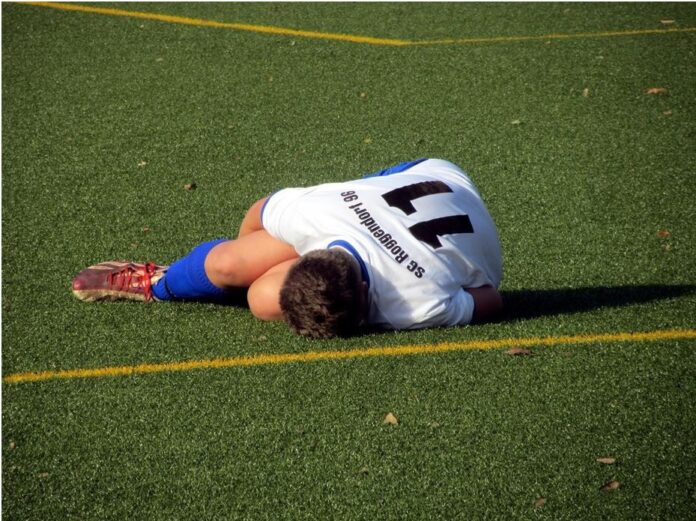Figure 1 Sports injuries can occur at any time
Whether you are a professional athlete or someone who just likes to play a simple game of softball in the park, there is always the potential for injury to ruin your day. We don’t want to put off exercising and enjoying sports but if you are already factoring in long-term care for someone, the last thing you need is a sports injury to deal with too.
The severity and impact of sports injuries can be just as serious even if you are not a sports star who regularly features on the best online betting sites. Just because you may not have a championship game to get fit for, it doesn’t mean that the injury doesn’t cause a lot of pain – and restricts what you can do in the days, weeks, and months after.
People who also need long-term care will sometimes be recommended to engage in some kind of sporting pastime, if possible. So knowing how to deal with any sports injuries that may occur is also required.
How Sports Injuries Can Happen
A sports injury is not only a hazard for people competing in organized sports. In fact, many injuries are suffered in a non-competitive way and there are some very familiar reasons why. Not properly warming up and down is a common mistake, and this can cause muscle strains and pulls.
If the participant is a little out of shape to begin with, that can be a problem too. This is something that is more common with people requiring long-term care, so ensuring that the exercise is well monitored and suitable for the individual is very important. This way, the potential for sports injuries can be reduced in the first place.
Common Sports Injuries
It depends on what kind of sport is played as to what injuries can be suffered. But there are a few parts of the body that are especially susceptible across the board. The Achilles tendon is a particular problem area, as it is part of the body that is used in nearly all sports.
Ankles, elbows and knees are also all hot spots when it comes to sports injuries. These joint areas can be moved sharply in ways that is not normal in everyday life. The quick changes of direction when playing sports can really affect the joints themselves and the tendons and cartilages surrounding the muscles.
As well as more general sprains and strains, that can be incredibly painful and debilitating for anyone already requiring long-term care, there are more serious sports injuries as well. Broken bones can be easily fixed, but will have more of an effect for older people. Cartilage tears and even tendinitis can be painful too – and the swelling needs to be addressed as quickly as possible.
Immediate Treatment
In fact, with any sports injury, it is the treatment that is immediately administered that can be the most important. It depends on what kind of sports injuries are being dealt with as to what needs to be done. But knowing what to do as soon as the injury happens is vital.
For more serious sports injuries, it may be that a carer needs to provide support for broken or injured bones, or immobilization of the affected area. This could include splints, braces or casts for bones and muscle tissue – depending on the severity of the injury. Slings can also be very useful to immobilize the upper body and reduce the possibility of further injury.
Remember R.I.C.E.
Professionals will tend to know what to do when a sports injury occurs – and coaches and trainers should be taught at least the basics of first aid. But there are a number of procedures that can be remembered by acronyms – and R.I.C.E. is especially good for dealing with minor sports injuries.
The four elements of R.I.C.E are as follows.
Rest – Make sure that the injured area is rested in the days following an injury. The use of crutches could be a good idea here if it is a leg injury.
Ice – Swelling could be a major problem with sports injuries, so icing the area to reduce this is necessary. For comfort, this should be done for around 20 minutes every four hours or so.
Compression – It may be necessary to tightly wrap the affected area. This compression should not be too tight that it cuts off blood supply, but enough to reduce any swelling.
Elevation – Another way of reducing swelling is to elevate the affected area. The injured part of the body should be higher than the level of your heart if possible. Using a pillow when lying down is perfectly fine.

Figure 2 Stretching properly can help prevent injuries
Living with Sports Injuries
Obviously, the first few hours and days after an injury is suffered is the most painful part. But for people who may already be requiring long-term care, it is just as important to know how to live with a sports injury for a longer period. Stretching and exercising is still necessary, as a muscle that has already been injured is always going to be more susceptible to further injury in the future.
Rehabilitation is also something that should be considered for the long-term treatment of sports injuries. A professional will be able to pinpoint what is wrong and how it can be improved again. This does not have to be an expensive process though, as once the basics have been covered, it should be a series of exercises and stretches that help with longer-term rehabilitation.
Prevention First
Although we may have given the impression that a sports injury is never very far away, making sure that you are properly prepared for sports activity will always help with reducing the possibility. Preventing sports injuries is obviously more desirable than having to deal with them, so stretching and making risk assessments is crucial.
Just because someone is in need of long-term care doesn’t mean that sports has to become a distant memory. But it is even more important that everyone involved knows what to do if a sports injury then occurs.
Write and Win: Participate in Creative writing Contest & International Essay Contest and win fabulous prizes.











